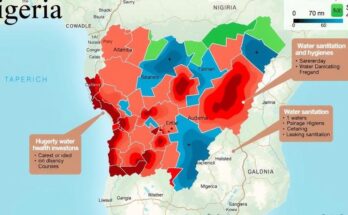The GHACOF 69 has forecasted a continuation of warmer-than-normal conditions in the IGAD region from March to May 2025, underscoring a heightened risk of extreme temperatures. Ongoing assessments from February indicated that areas in South Sudan and surrounding regions have recorded alarming temperature anomalies, presenting potential threats to human health and economic activities.
A recent update from the 69th Greater Horn of Africa Climate Outlook Forum (GHACOF 69) highlighted concerning weather predictions for the IGAD region. The forecast, released by the IGAD Climate Predication and Applications Centre (ICPAC), points towards an increased likelihood of warmer-than-normal temperatures across the region from March to May 2025. Analysts stress the necessity of continuous updates on forecasts to address climate hazards effectively during this period.
Weekly assessments conducted throughout February demonstrated a clear trend of persistent temperature anomalies in the Greater Horn of Africa, with implications for extreme weather conditions. Subsequent analysis revealed that South Sudan, Uganda, and parts of northern and western Kenya consistently faced heightened temperature levels. Specifically, average daily maximum temperatures recorded between February 1 and 28 showed areas experiencing temperatures surpassing 38°C, with certain locales in South Sudan and Kenya even reaching 40°C.
These extreme temperatures signal an escalating risk for adverse effects on human health, livestock, and socio-economic activities in the region. The situation necessitates urgent attention from authorities and communities to mitigate potential detrimental impacts due to the ongoing heat wave.
The IGAD region is currently facing elevated temperatures with significant risks highlighted by recent forecasts. The GHACOF 69 emphasizes the need for ongoing monitoring of the weather conditions through March to May 2025. Urgent responses are required to address the impacts of extreme heat, particularly in South Sudan and neighboring areas, where high temperatures pose threats to health and livelihoods.
Original Source: reliefweb.int




